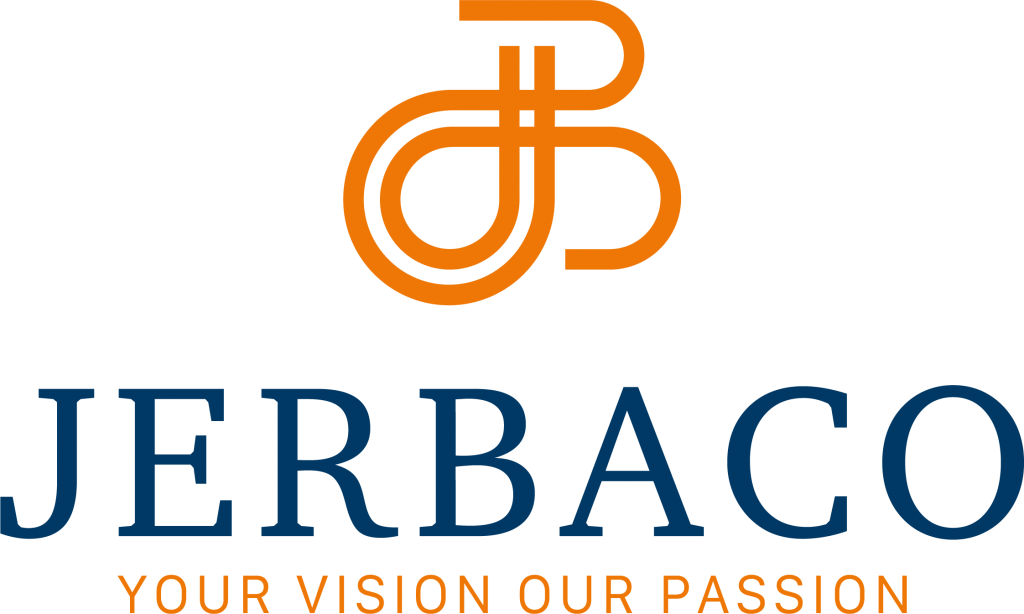In the ever-evolving landscape of cybersecurity, safeguarding sensitive data and ensuring the integrity of systems has become the highest priority. One powerful tool in the arsenal of Linux security is SELinux (Security-Enhanced Linux), a mandatory access control mechanism that provides an additional layer of protection beyond the traditional discretionary access control (DAC) mechanisms.
Understanding SELinux
SELinux, developed by the National Security Agency (NSA), is a security framework integrated into the Linux kernel. It was designed to mitigate the risks associated with privilege escalation attacks and the unauthorized access of system resources. Unlike DAC, where users have control over their own objects and permissions, SELinux enforces a centralized, policy-driven access control model.
SELinux Security Policies
At the heart of SELinux’s robust security model lies its security policies. A security policy in SELinux is a set of rules and definitions that dictate how processes and users interact with system resources. These policies define the actions that are allowed or denied, ensuring that only authorized actions are permitted. SELinux policies are categorized into three main types:
- Type Enforcement (TE) Policy: This policy is responsible for defining the security context (known as a label) for each process, file and network socket on the system. Each label includes information about the identity of the object and its security attributes. The TE policy ensures that processes and files can only interact in ways that are explicitly allowed by the policy.
- Multi-level security (MLS) Policy: MLS policies are used in systems that require strict separation of information based on sensitivity and confidentiality levels. This policy prevents data leakage between different security domains and enforces strict isolation.
- Multi-Category Security (MCS) Policy: Similar to MLS, the MCS policy focuses on data separation but instead of sensitivity labels, it categorizes data based on multiple criteria. This allows for fine-granted control over the access of different data categories.
Components of a SELinux Policy
A SELinux security policy consists of the following key components:
- Security Contexts: Each object in the system is assigned a security context that includes a label indicating its type and attributes. These labels are integral in determining what actions are permitted.
- Rules and Access Control: SELinux policies define explicit rules for interactions between processes, files, and other resources. These rules dictate whether a specific action, such as reading a file or connecting to a network, is allowed or denied.
- Roles: SELinux defines roles that users or processes can assume. A role determines the permissions associated with an object’s security context.
- Domains: Domains represent a combination of roles and types, determining how a process can interact with other objects based on their security contexts.
- Booleans: SELinux policies can include boolean settings that enable or disable specific security features or behaviors.
Benefits of SELinux Security Policies
Implementing SELinux security policies offers several compelling benefits for Linux system security:
- Least Privilege Principle: SELinux enforces the principle of least privilege, ensuring that processes and users only have access to the resources they require for their designated tasks.
- Zero-Day Exploit Mitigation: Even in the event of undiscovered vulnerabilities, SELinux can limit the potential damage by restricting the actions that compromised processes can take.
- Enhanced Access Controls: SELinux provides fine-grained control over access, enabling administrators to specify precisely what actions are allowed or denied.
- Stronger Compliance: Organizations that need to adhere to specific security standards, such as those in the government or healthcare sectors, can use SELinux to enforce mandatory access controls and data separation.
Conclusion
In a digital landscape rife with cyber threats and vulnerabilities, SELinux security policies stand out as a robust and effective means of fortifying Linux system security. By enforcing mandatory access controls, defining granular rules, and implementing the principle of least privilege, SELinux provides an additional layer of protection against unauthorized access, privilege escalation, and data breaches. As Linux continues to power critical infrastructure and systems, understanding and leveraging SELinux security policies can play a pivotal role in ensuring the integrity and confidentiality of sensitive information.
Let me be honest there are many books to play with the rules, but the beginning of learning is hard so don’t give up! At the end it will be a great value for all your Linux servers and hosts.

